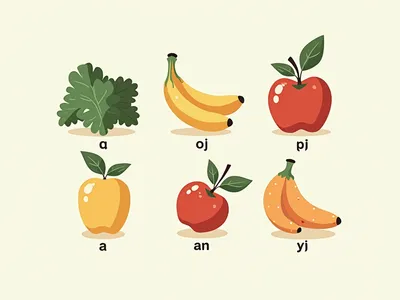
What are the key grammar rules for Italian beginners
Learn Essential Italian Vocabulary for Beginners – A1 Level: What are the key grammar rules for Italian beginners
For beginners learning Italian, mastering the key grammar rules is essential to building a strong foundation. Below are the most important grammar principles to understand:
1. Gender and Number Agreement
- Italian nouns are either masculine or feminine, and they can be singular or plural.
- Articles, adjectives, and pronouns must agree in gender and number with the noun they modify (e.g., un ragazzo alto - a tall boy; una ragazza alta - a tall girl) 4, 7.
2. Sentence Structure
- Italian typically follows a Subject-Verb-Object (SVO) word order, similar to English.
- Example: Io mangio la pizza (I eat the pizza).
- However, Italian allows flexibility in word order for emphasis. For instance, La pizza mangio io emphasizes the pizza 3, 7.
- The subject pronoun (e.g., io, tu) is often dropped because the verb conjugation indicates the subject (e.g., Mangio la pizza - I eat the pizza) 7, 10.
3. Verb Conjugation
- Verbs in Italian are conjugated based on the subject, tense, and mood.
- Irregular verbs like essere (to be) and avere (to have) do not follow standard patterns and must be memorized 5.
4. Adjective Placement
- Unlike English, adjectives usually follow the noun they describe.
- Adjectives must also agree in gender and number with the noun.
5. Articles
- Articles in Italian vary by gender, number, and sometimes the first letter of the following word:
6. Pronouns
- Subject pronouns include:
- Singular: io (I), tu (you), lui/lei/Lei (he/she/you formal).
- Plural: noi (we), voi (you all), and loro (they).
- Direct object pronouns (mi, ti, etc.) and indirect object pronouns (mi, ti, etc.) are used frequently to replace nouns 4, 6.
7. Prepositions
- Prepositions like “di” (of), “a” (to), “da” (from), “in” (in), and “con” (with) often combine with articles to form contractions:
- Example: “di” + “il” = “del” (il libro del ragazzo: the boy’s book) 9.
8. Reflexive Verbs
- Reflexive verbs indicate actions performed on oneself and use reflexive pronouns (mi, ti, etc.).
- Example: Mi lavo le mani (I wash my hands) 7.
9. Common Irregularities
- Some verbs, nouns, and adjectives have irregular forms that need memorization.
10. Dropping Subjects
- In Italian, it is common to omit subject pronouns when the verb form makes the subject clear:
By focusing on these key rules, beginners can effectively start constructing sentences and understanding basic Italian grammar. Regular practice will help internalize these concepts over time!